You can trust Cyclingnews
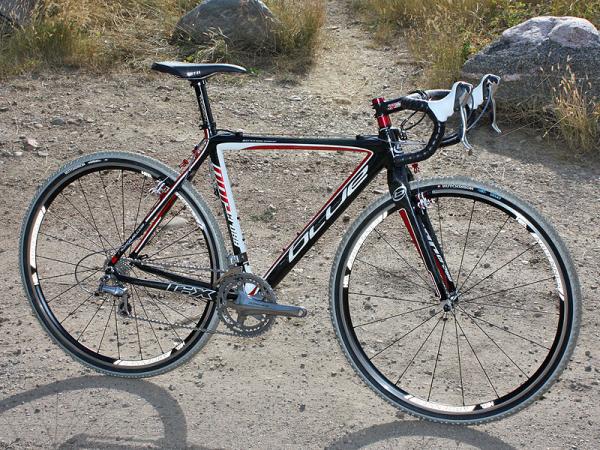
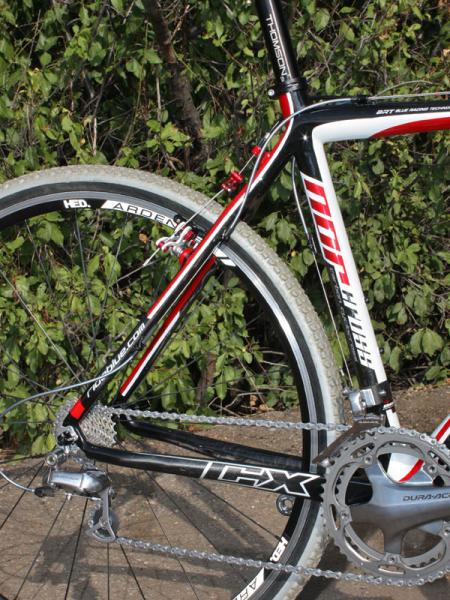
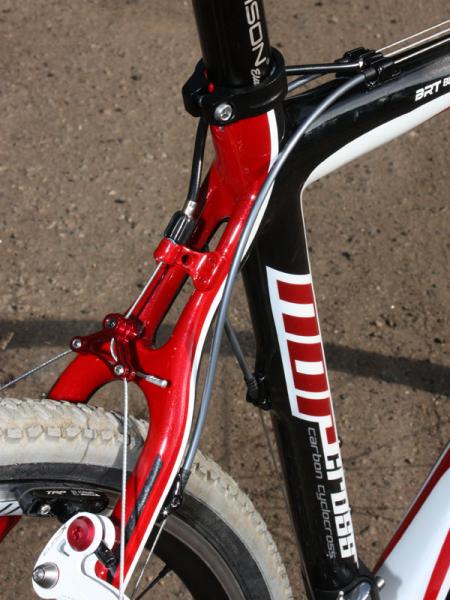
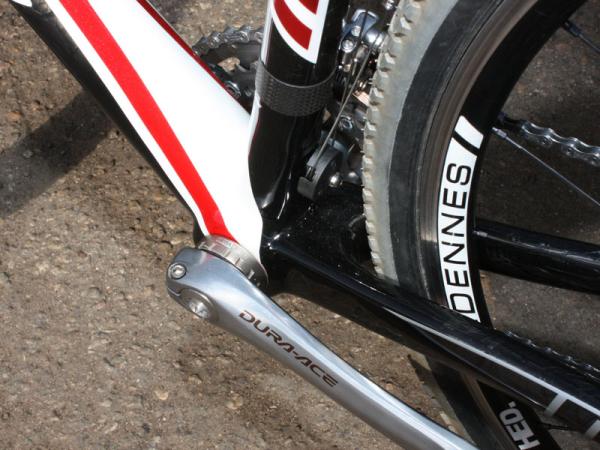
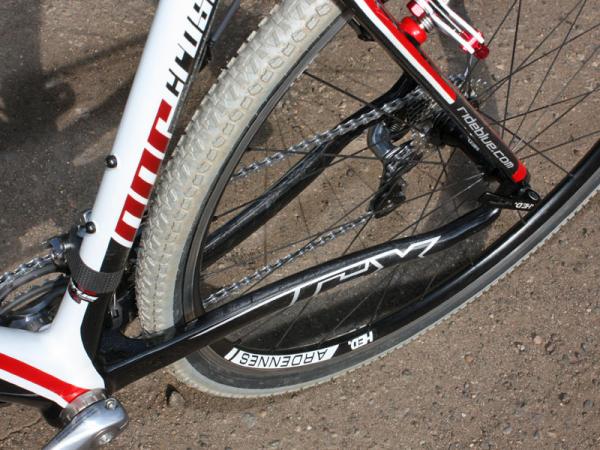
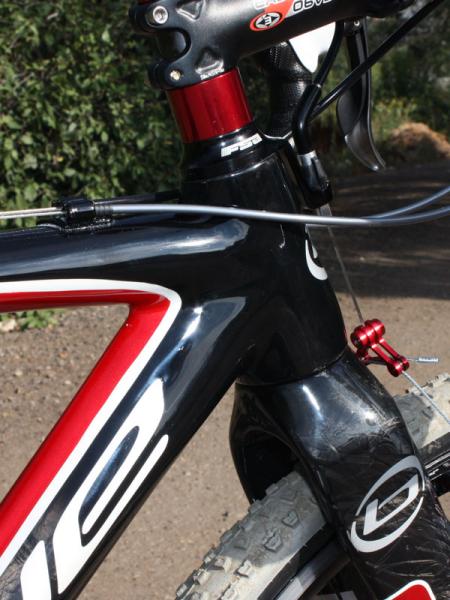
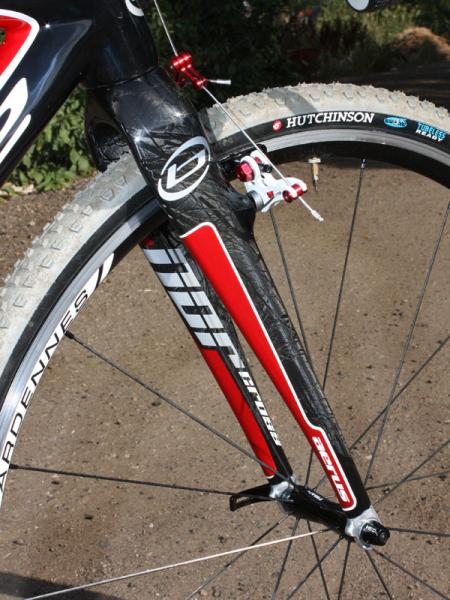
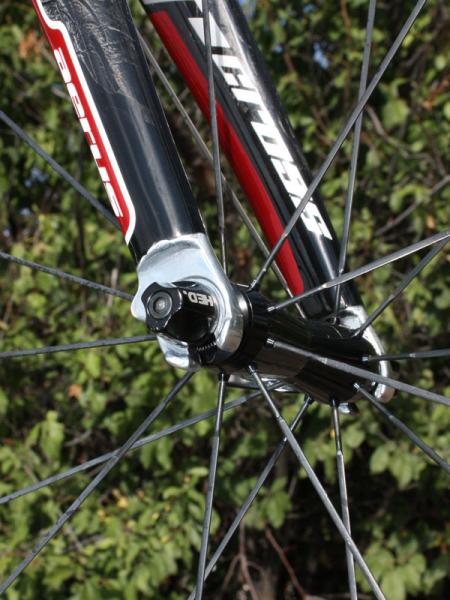
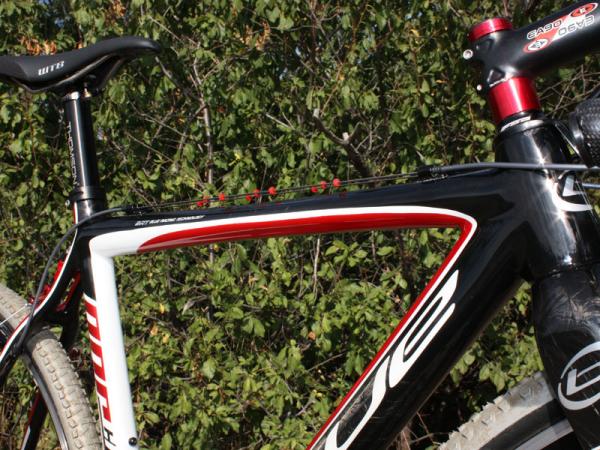
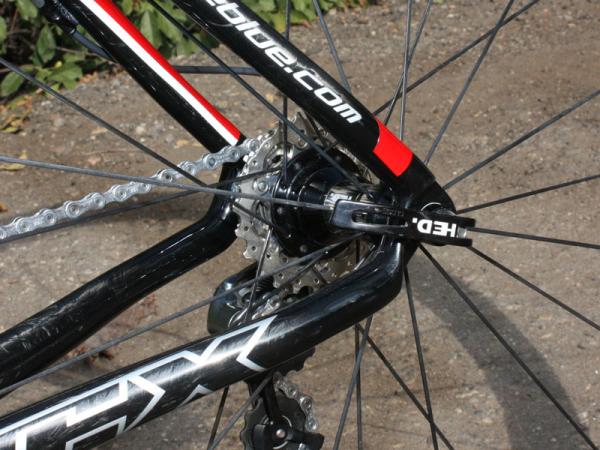
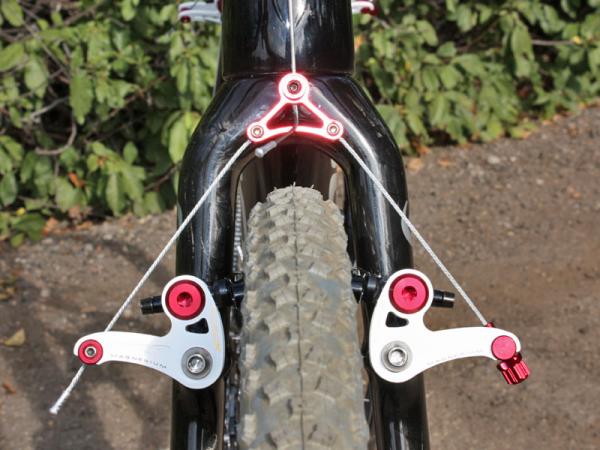
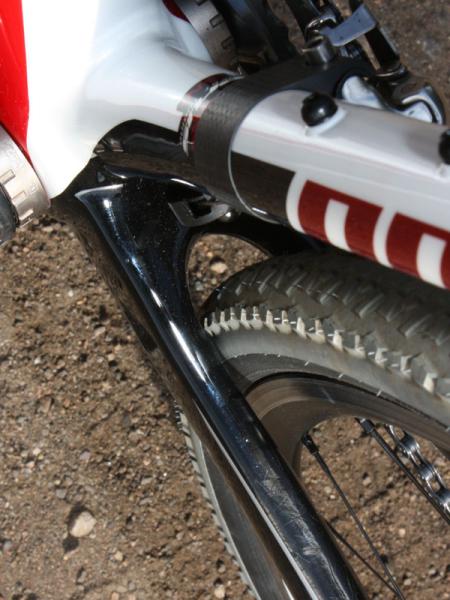
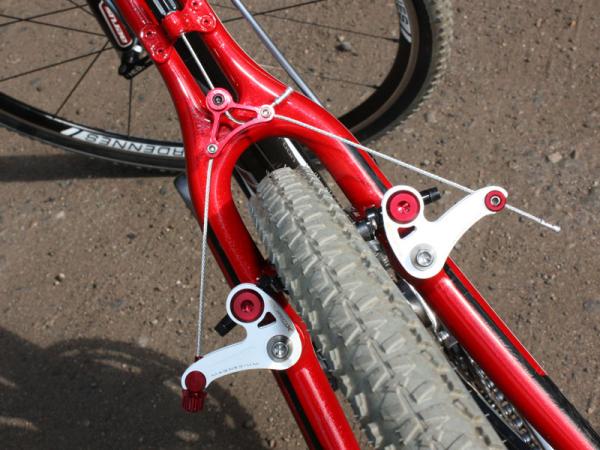
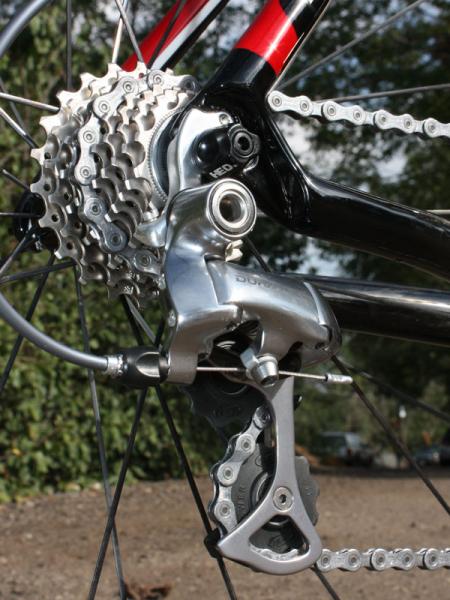
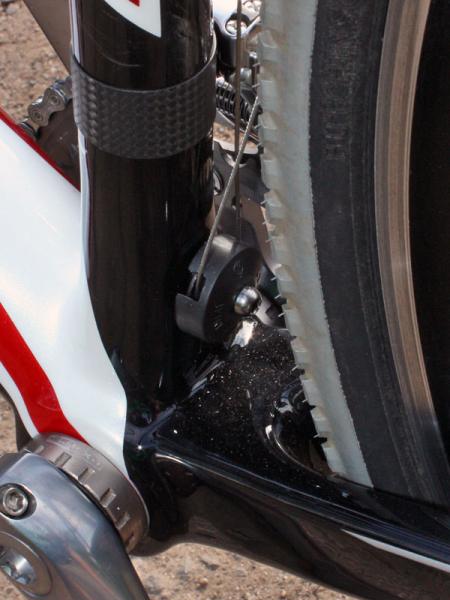
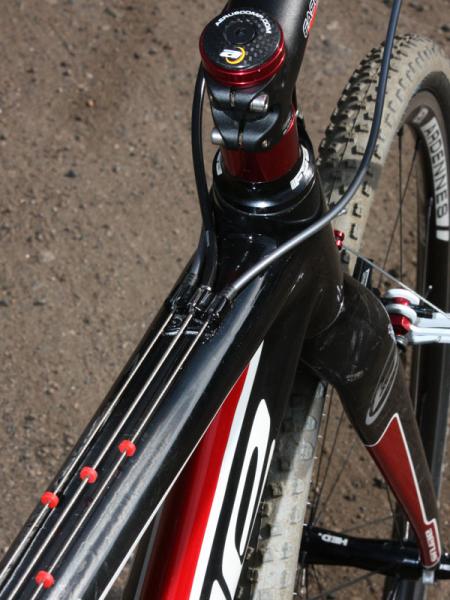
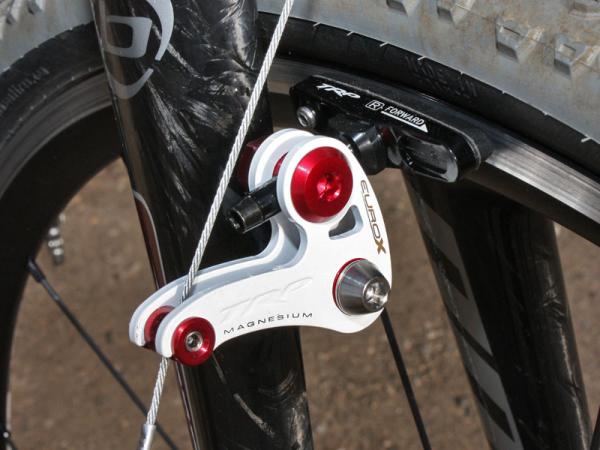
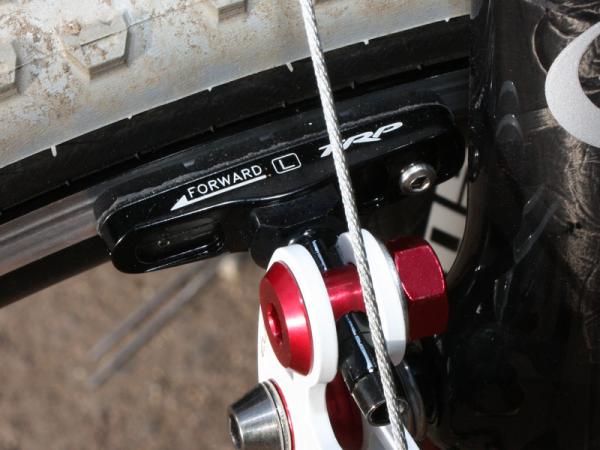
Blue Competition Cycles' latest Norcross frameset ticks all the key boxes for what one would expect of a premium-level carbon fibre cyclo-cross racer.
It's impressively lightweight yet with excellent power transfer, the handling is appropriately quick, mud clearance is very good and, yes, it even comes with a top-level rider pedigree under US racer Jonathan Page (Planet Bike).
All the right moves
Frame weight is in elite company at just 1,140g for our small-sized tester (with rear derailleur hanger, cable pulley and seatpost collar) and 506g for the matching uncut full-carbon fork.
Built up with a personally selected array of Shimano Dura-Ace 7800 componentry, HED Ardennes clinchers, TRP EuroX Mag cantilevers and a mixed Thomson/WTB/Easton/Deda cockpit, our complete bike weighed in at under 8kg (17.5lb) with a pair of Crankbrothers Egg Beater 4ti pedals.
Swap in a pair of racier carbon tubulars and fat 35mm-wide Continental rubber, and that number drops to an even more impressive 7.5kg (16.53lb). Zoom, zoom.
Yet there's plenty of muscle behind the waifish showing at the scale courtesy of the large-diameter front triangle and the tapered 1 1/8in-to-1 1/2in head tube (with correspondingly enormous fork crown and blades).
Not surprisingly then, the Norcross offers up excellent front triangle torsional rigidity with a rock-solid feel in the bars when motoring out of the saddle plus a reassuringly vault-like stability when you clamp down hard on the brakes.
The stout front end also pays dividends in terms of handling precision: in combination with the short sub-1m wheelbase and aggressive (for a 'cross bike) 71.5° head tube angle, the Norcross deftly handles even tight 180° hairpin turns typical in 'cross courses with ease yet still feels reasonably composed when drifting through loose, high-speed corners. It'll go where you point it – just be careful to point it where you actually want it to go.
It's a similar story out back, with chunky one-piece dropouts and broad, tall, monostay-style chainstays that use every bit of the standard threaded bottom bracket's available real estate.
There's noticeable snap when you apply the power – particularly in feverish starts – yet the comparatively small twin seatstays do a decent job of keeping the ride reasonably comfortable without allowing for unwanted twist.
All of the 'cross-specific details are well addressed, too. The level top tube is slightly flattened on the underside to sit more comfortably on your shoulder and the cables are routed across the top tube to shield them from mud and muck – and keep them away from your hand as you lift the bike for run-ups.
Mud clearance in the radial direction is very good, but lateral clearances down at the bottom bracket and up at the fork crown are a tad tight.
Flies in the ointment
Though the Blue Norcross is an outstanding race rig overall, there were a few smears on its otherwise excellent report card. First and foremost is the 133mm rear dropout spacing – yes, 133mm, as in 3mm more than what it should be.
According to product development manager Chris Pic, the Norcross dropout spacing tolerances are +/- 2mm and he errs on the wider side to ensure that the dropouts are never too narrow.
However, those specs are roughly twice that of the industry standard (we polled three major manufacturers) and in our opinion, dropouts that are set too wide are just as frustrating to use as ones that are too narrow.
In either case, you'd better make sure to have a spare bike in the pits instead of relying on a fast wheel change. Especially given how well the Norcross performs overall, this is an awfully disappointing fault. Blue, please tighten up the tolerances here ASAP (and hopefully other variances on the tube-to-tube construction aren't quite as generous, though we didn't notice any handling quirks to suggest as such).
In addition, the tight frame geometry may be a boon for handling quickness but even so, the head tube lengths are awfully short – make sure to measure your desired handlebar height carefully before trimming the steerer.
Though we admit to consciously choosing the smaller of the two compatible sizes, we still had to run a zero-degree stem and a fair bit of headset spacer to get our usual amount of handlebar drop.
Lastly, the front derailleur pulley is a surprisingly basic plastic bit that rotates on a plain bushing. Smoother and more durable units with cartridge bearings are readily available these days and for a retail price of US$1,800, it'd be nice to see one included.
A cherry-picked parts kit
Blue offer the Norcross as a bare frameset or one of two complete build kits with either SRAM Force or Shimano Ultegra 6700. We decided to build our tester up ourselves with familiar – and proven – bits so that we could concentrate on the chassis, but even so, it's still worth mentioning a few key items.
First off, Shimano's previous-generation Dura-Ace 7800 group is still a stellar package for the rigours of 'cross given its modest tolerance to cable friction and more crash-friendly forged alloy construction. From what we've seen at the races, a number of top pros seem to agree. Exposed cables or not, it just flat-out works – and works very well.
We've sung the praises of HED's wide-rimmed Ardennes aluminium clincher wheelset in the past but the attributes that make it so appealing on the road are even more amplified on the dirt.
The broader tyre base lends a more stable feel in corners at the low pressures of 'cross and also makes for extra air volume for improved comfort and traction.
We comfortably ran our 34mm-wide Hutchinsons as low as 30psi and confidently railed loose, gravelly corners and tacky high-speed sweepers alike with nary a bit of roll to speak of.
Finally, TRP's EuroX Mag cantilevers have proven themselves to be stellar brakes with ample power and excellent modulation when set up correctly plus now the ability to accurately set the toe thanks to the clever Inplace Adjust pad holders.
They're also phenomenally lightweight at barely 112g per wheel – roughly one-third lighter than everyday cantilevers – but also phenomenally expensive at a cost of about US$1.50 per gram. Ouch.
A tale of the tape
Overall, the Blue Norcross is a very impressive race chassis, what with its quick reflexes, agile feel and light weight – which unfortunately makes the rear dropout spacing just that much more disappointing.
It's somewhat of a deal breaker if you're a privateer racer and rely on quick wheel changes in the pits. Also, be mindful of the sizing lest you end up with a front end that's too low.
Is the Norcross still a great bike? For the most part, absolutely. But just make sure to bring your tape measure when you go shopping.
Price: US$1,800 (Blue Norcross frame and fork); US$3,800 (complete bike with SRAM Force); US$4,000 (complete bike with Shimano Ultegra 6700)